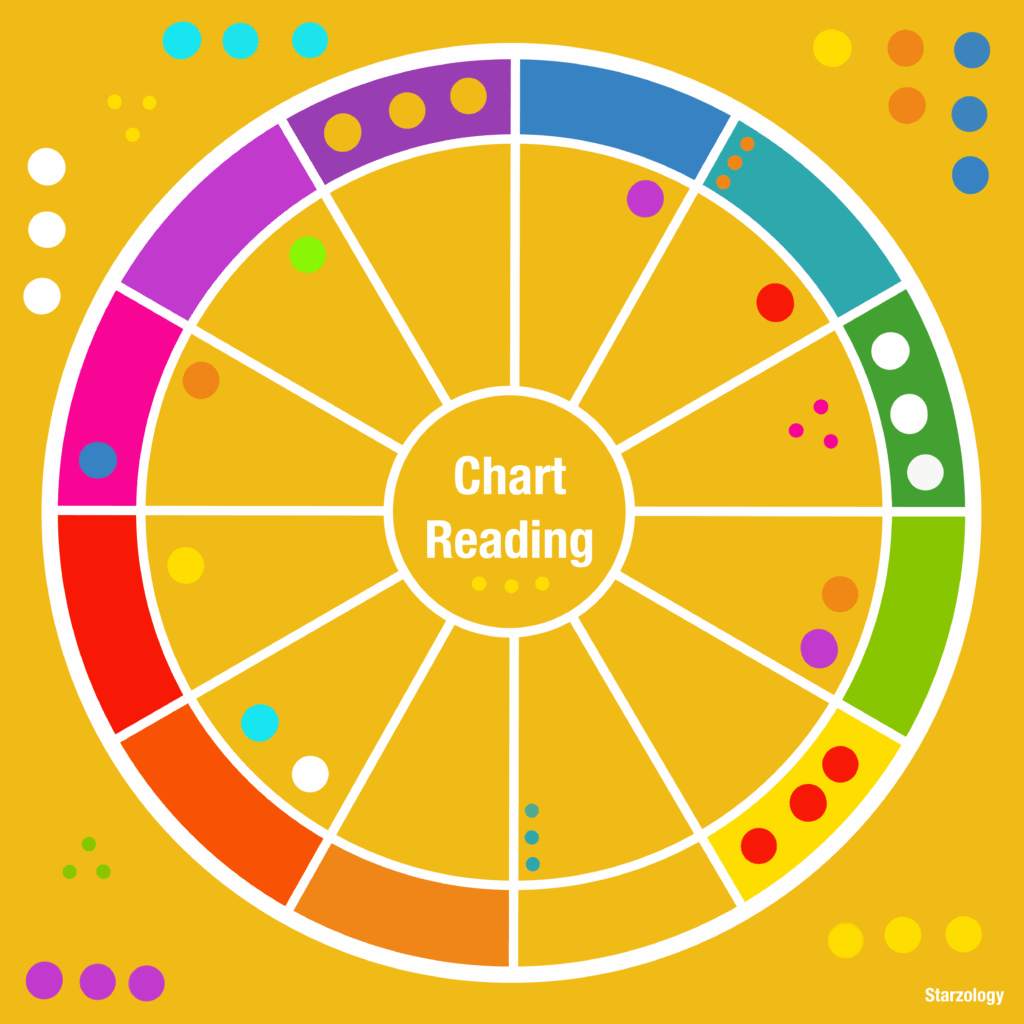In astrology, the 3rd House represents how you are with the world on a daily basis, including your siblings, neighbors and local environment.

How Planets Move
Planet’s Movement
When you work with transits you pay attention to the planet’s linear movement, direct – retrograde – direct, but there is another component to take into consideration and that is a planet’s speed.
Read more >>> Retrogrades
Planetary Speed
Speed is typically calculated by how fast a planet can move each day and there is an average for every planet. If the planet moves more than the average, it is fast and if the speed is less than the average then the planet is slow.
Often it doesn’t matter to the interpretation, but when we take a broader look, as in a one year forecast, we need to be aware of this. Of the main solar system planets Chiron (which is, according to NASA, actually a comet) has very fast and very slow periods.

Johannes Kepler
Kepler’s second law of planetary motion states: A planet sweeps out an equal area in equal time. Simply put the further a planet is from the Sun in its orbit the slower it moves through the zodiac. Most orbits are elliptical (have two foci where one is the Sun) and some distances are more extreme than others.
For example: Pluto was nearer the Sun during its swift transit through its own sign of Scorpio from 1984-1995 (on and off) for only eleven years.
Pluto was in Taurus (on and off) during the period 1854-1883 for almost twenty-nine years. Remember during Pluto’s transit of Scorpio it was at times nearer to the Sun than Neptune!
We also note this phenomenon when the Moon is fast or slow for a while each month.
Johannes Kepler in the early 17th century, plays a crucial role in the science of celestial mechanics.
Kepler’s Second Law states that a line segment joining a planet and the Sun sweeps out equal areas during equal intervals of time. In simpler terms, as a planet moves along its elliptical orbit, the imaginary line connecting it to the Sun sweeps through the same amount of area in equal time intervals.
Kepler: Limerick
Here is my Kepler Limerick which popped into my head one sunny day.
Now Kepler he had a good thought
as planetary motion was fraught.
Each orbit he found
had swept out equal ground
and now his second law is taught.
Why We Care
Kepler’s Second Law provides a key insight into the dynamics of planetary motion. It shows that a planet adjusts its speed as it orbits the Sun to ensure that the areas it sweeps out in a given time are always equal.

Pin this to read later
Your content goes here. Edit or remove this text inline or in the module Content settings. You can also style every aspect of this content in the module Design settings and even apply custom CSS to this text in the module Advanced settings.
Author Bio
Alison Price: Astrology Coach
Alison wants to help you uncover your individual creativity and lead a fulfilling life using your own astrology. She shares her wisdom from the heart with a touch of humor.
Learn more about Alison’s journey.
If you’d like to get in touch with Alison, you can reach out to her via email at starzology@gmail.com.
More Articles
If you enjoyed this post, you may like some more astrology related articles from our blog.

6th House Planets
In astrology, planets in the 6th HOUSE suggest how you work, your daily habits and how your health is generally.

11th House
In astrology, the 11th house suggests your friends, groups and social conscious. It shows who you associated with.






